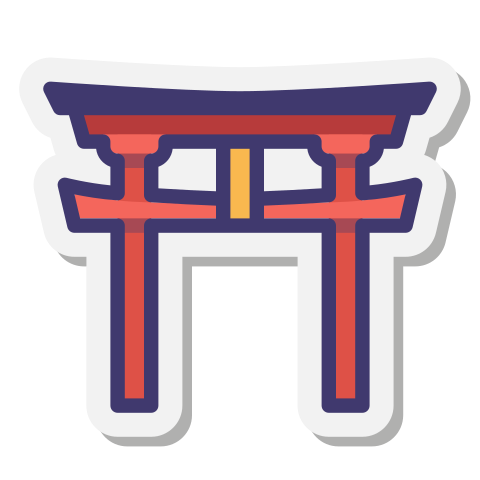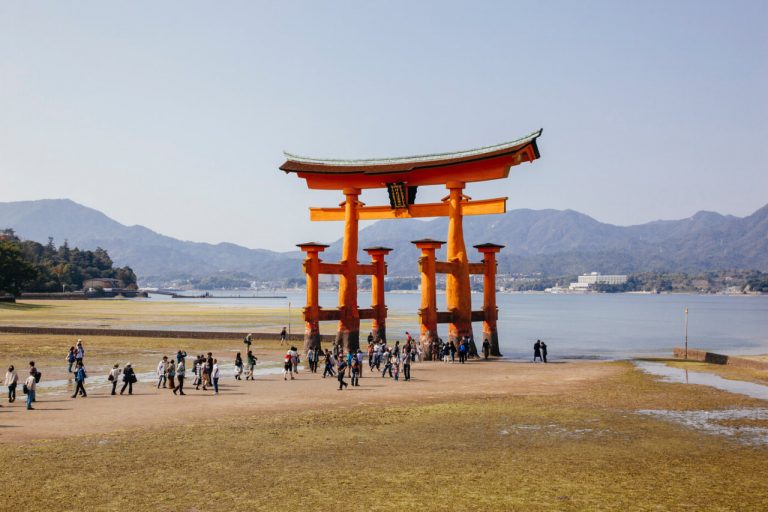The Hidden Power of Hiragana, Katakana, and Kanji: What Every Learner Should Know
Understanding the Three Scripts of Japanese
Japanese is one of the few languages in the world that uses a combination of three scripts: hiragana, katakana, and kanji. Each has a specific role in the language, and together they form the foundation of written Japanese. For many beginners, this can seem overwhelming, but understanding how each script works is key to unlocking the richness of the language and communicating with clarity and confidence.
Hiragana: The Backbone of Japanese Grammar
Hiragana is often the first script students learn. It consists of 46 basic characters and represents every sound in the Japanese language. Hiragana is primarily used for native Japanese words and grammatical elements. Particles like は (wa), を (wo), and で (de), as well as verb and adjective endings, are written in hiragana. This script is essential for constructing sentences and is often used in children’s books or when kanji has not yet been introduced. Mastery of hiragana allows learners to begin reading and writing simple Japanese from the very start.
Katakana: Highlighting the Foreign and Unique
Katakana also has 46 basic characters and represents the same sounds as hiragana, but it serves a very different purpose. Katakana is used for foreign loanwords, onomatopoeia, scientific terms, and emphasis. Words like コンピューター (konpyuutaa – computer) or アイスクリーム (aisukuriimu – ice cream) are written in katakana. This script helps identify non-native terms at a glance and signals that the word comes from a different linguistic or cultural origin. It also gives learners insight into how modern Japanese absorbs and adapts global concepts.
Kanji: Unlocking Meaning Through Characters
Kanji are Chinese characters adopted into the Japanese writing system, each representing a concept or idea. Unlike hiragana and katakana, which are phonetic, kanji are logographic. This means one character can convey a full meaning. For example, the character 食 means “to eat” and can appear in many compound words, such as 食事 (shokuji – meal) or 食べ物 (tabemono – food). There are thousands of kanji, but learners can begin with the most commonly used ones, such as those in the JLPT (Japanese Language Proficiency Test) levels.
Kanji adds depth and precision to the language. Two words may sound the same in pronunciation but carry completely different meanings depending on the kanji used. This visual distinction enhances comprehension and reduces ambiguity in writing.
Why Learning All Three Scripts Matters
Each script contributes uniquely to Japanese literacy. Hiragana is the grammatical glue of sentences, katakana gives cultural and linguistic context, and kanji packs dense meaning into short text. Relying on only one script limits fluency. For example, a sentence written entirely in hiragana would be difficult for a native speaker to parse quickly due to the lack of visual cues that kanji provides.
Learning to read and write all three scripts allows learners to access authentic materials like books, menus, websites, signage, and manga. It also fosters a better understanding of word origins, pronunciation variations, and idiomatic expressions. While it may seem like a challenge at first, the payoff in comprehension and confidence is significant.
Tips for Studying the Scripts Effectively
Start with hiragana and katakana before moving on to kanji. Use flashcards, writing practice, and reading apps to reinforce memory. Associating each character with a mnemonic or image can make the process more engaging. For example, the hiragana character さ (sa) can look like a smiling face with a hat, helping you remember its shape and sound.
When learning kanji, focus on radicals—the building blocks of the characters. Recognizing patterns among characters improves reading speed and helps with guessing meanings. It’s also helpful to learn vocabulary words that use the same kanji, so you reinforce both the reading and the context.
Practice regularly by reading real-world Japanese, like children’s books, product labels, or simple blog posts. The more you encounter the scripts in use, the more natural they will become.
The Journey Is Worth It
Mastering the Japanese writing system is not just a linguistic goal but a gateway to understanding the culture, history, and mindset of Japan. Each script tells a story. Hiragana reflects the flowing simplicity of native expression. Katakana shows Japan’s openness to the outside world. Kanji ties the language to centuries of tradition and nuance.




